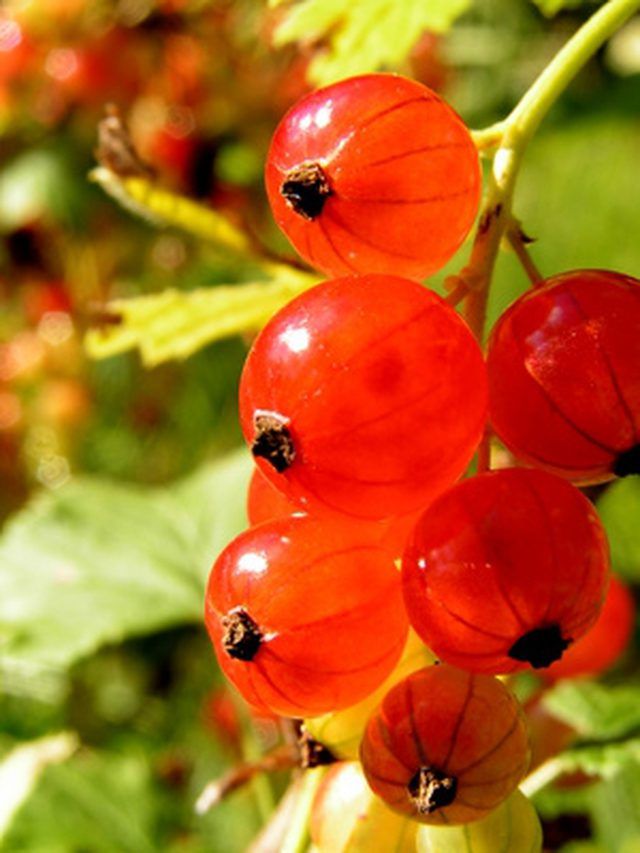Bulbs
Flower Basics
Flower Beds & Specialty Gardens
Flower Garden
Garden Furniture
Garden Gnomes
Garden Seeds
Garden Sheds
Garden Statues
Garden Tools & Supplies
Gardening Basics
Green & Organic
Groundcovers & Vines
Growing Annuals
Growing Basil
Growing Beans
Growing Berries
Growing Blueberries
Growing Cactus
Growing Corn
Growing Cotton
Growing Edibles
Growing Flowers
Growing Garlic
Growing Grapes
Growing Grass
Growing Herbs
Growing Jasmine
Growing Mint
Growing Mushrooms
Orchids
Growing Peanuts
Growing Perennials
Growing Plants
Growing Rosemary
Growing Roses
Growing Strawberries
Growing Sunflowers
Growing Thyme
Growing Tomatoes
Growing Tulips
Growing Vegetables
Herb Basics
Herb Garden
Indoor Growing
Landscaping Basics
Landscaping Patios
Landscaping Plants
Landscaping Shrubs
Landscaping Trees
Landscaping Walks & Pathways
Lawn Basics
Lawn Maintenance
Lawn Mowers
Lawn Ornaments
Lawn Planting
Lawn Tools
Outdoor Growing
Overall Landscape Planning
Pests, Weeds & Problems
Plant Basics
Rock Garden
Rose Garden
Shrubs
Soil
Specialty Gardens
Trees
Vegetable Garden
Yard Maintenance
How to Grow a Red Currant Bush
How to Grow a Red Currant Bush. Red currant bushes are easy-care, hardy shrubs that produce fruit suitable for pies, jams and other preserves, and wine. They may be grown singly, although it will take three or four bushes to produce enough berries for a family of four. Currants grow quickly and can reach a height of 6 feet, producing up to 12 lb....

Red currant bushes are easy-care, hardy shrubs that produce fruit suitable for pies, jams and other preserves, and wine. They may be grown singly, although it will take three or four bushes to produce enough berries for a family of four. Currants grow quickly and can reach a height of 6 feet, producing up to 12 lb. of fruit. Nonetheless, many gardeners prune them heavily to keep them at a more manageable size.
Things You'll Need
Red currant bush
Shovel
Compost
Water
Pruning shears
Select a location. Red currants prefer full sun (at least six hours) each day and do best in well-draining soil that has neutral pH. If you're unsure of the pH level of your soil, purchase a soil testing kit from a garden center and follow the manufacturer's directions. Avoid locations that are quite hot.
Purchase bushes from a local nursery in the spring. Red currants need to be at least 6 feet apart, so don't buy more than you have room for.
Unwrap the roots of the bushes and place them in a bucket of water, if you purchased bare root plants. Allow them to sit in a cool location for about 24 hours.
Dig a hole that's large enough to accommodate the bush's roots, plus a few inches.
Place some compost in the bottom of the hole.
Place the bush in the hole, spreading the roots out.
Fill the hole back up with soil, gently patting down the earth with your feet.
Water well.
If the soil sinks down, add some more around the plant and pat down with your feet.
Cut back the shoots of the bush to about half their length. If any branches produce flowers the first year, cut them back. In addition, if suckers (young branches at the base of the plant) appear, cut them off.
The bushes should produce fruit next season. Protect the berries from the birds by placing netting (available at gardening centers) or a bush cage over them, year round.
Tips & Warnings
After the bushes produce berries, prune them, removing dead wood and branches that overlap. Ideally, prune red currants in a goblet shape that allows for better air flow between the branches.
Although currants are disease resistant, avoid overwatering red currants, or they may become prone to disease.
To keep bushes from competing for water and nutrients with weeds--and to reduce the need for watering--mulch around currant bushes with straw, bark, or other organic mulch.
Red currants can be picked in bunches, like grapes, once the fruit is fully red but firm.